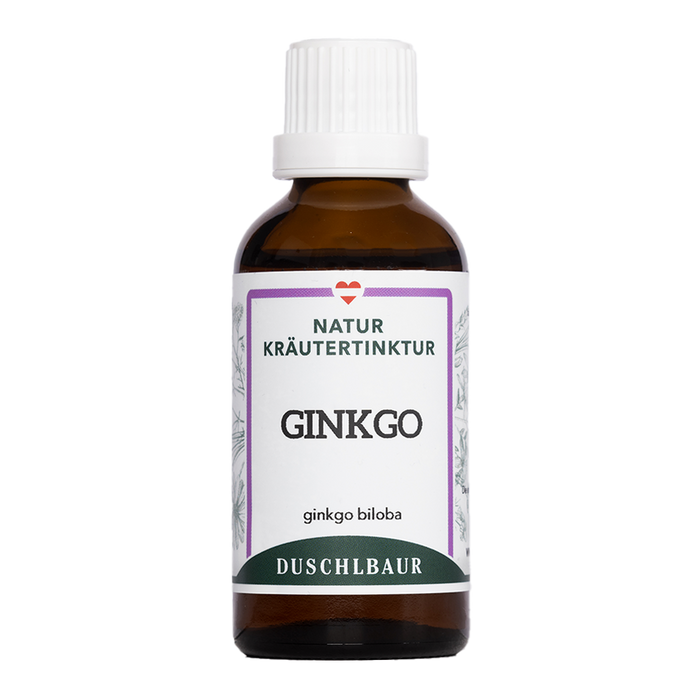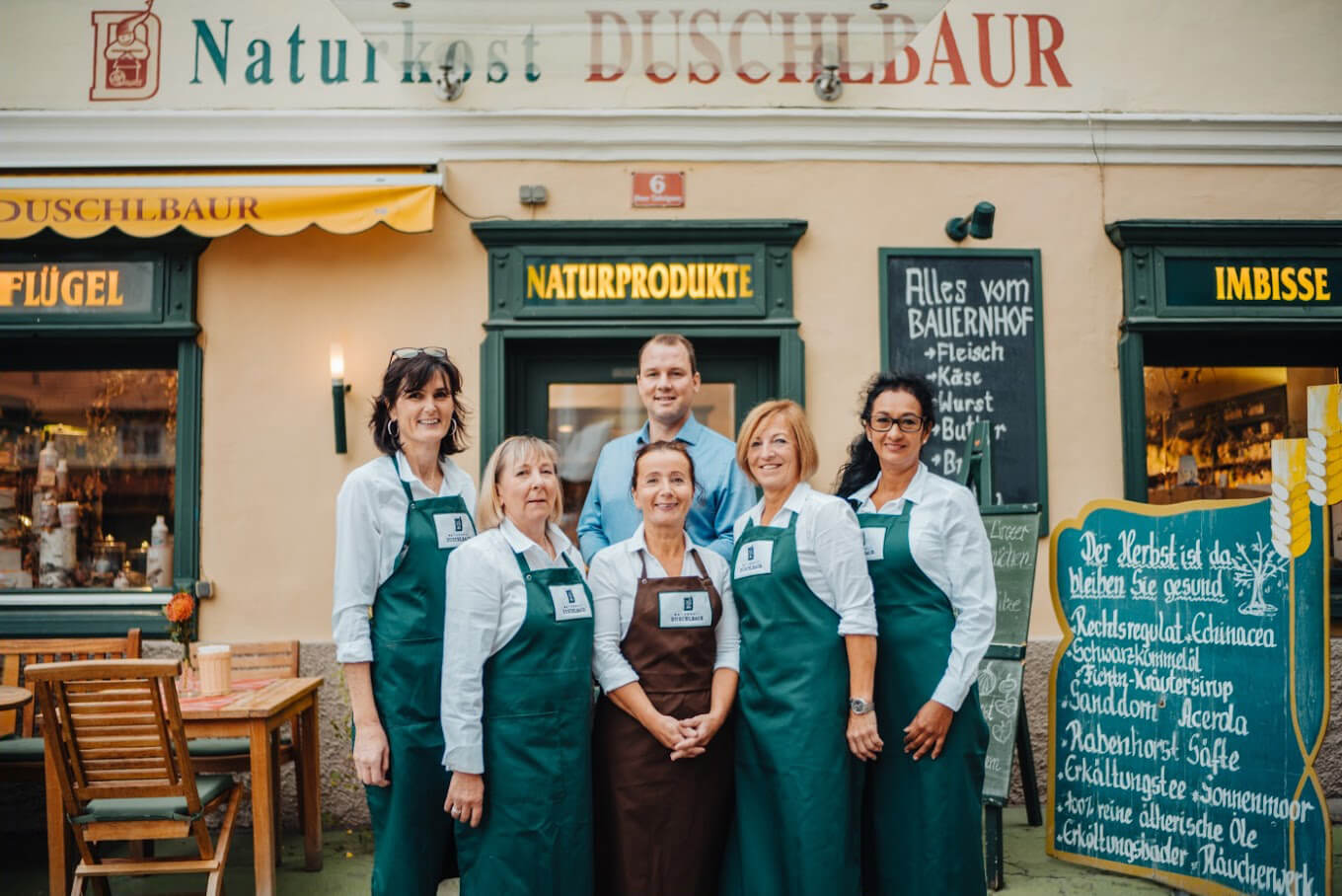The natural ingredients of theGinkgo tincture dropsare: water, alcohol, ginkgo.
We use the leaves to produce these very valuable drops.
In Asia, the ginkgo tree is inextricably linked to religious life. Even today, ancient trees with a circumference of up to 10 meters can be found in temple complexes. Ginkgo wood is exclusively used to carve Buddhist altars, sacred cult objects, and utensils for the sacred tea ceremony. In Europe and North America, the ginkgo tree has proven extremely resistant to air pollution, making it a decorative ornamental tree.
Ginkgo trees have both male and female blossoms. The fleshy, yellow outer layer of the female fruits has an unpleasant butyric acid odor. Therefore, only male trees are planted as ornamental trees.
In Asia, the edible seeds are a popular delicacy. In Japanese, the tree is called "ginkyo," a combination of "gin" (silver) and "kyo" (fruit). This refers to the silvery, edible seeds.
The Latin name “Ginkgo” is based on a transcription error from the Japanese by the German physician and explorer Engelbert Kämpfer (1651-1716). This is how Ginkyo became Ginkgo.







